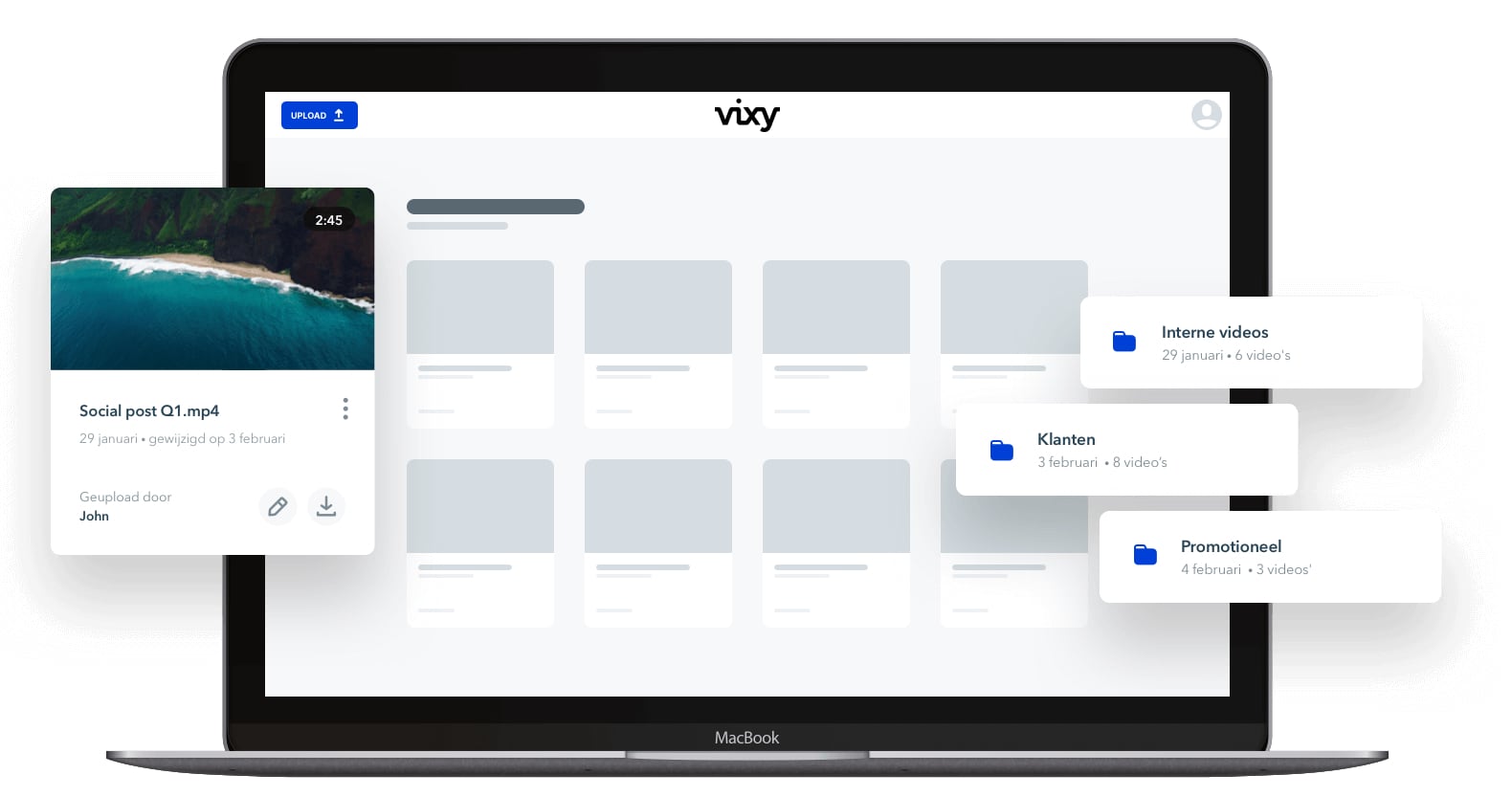Video Hosting: choose a reliable and flexible platform..

Metadata is simply information that describes other data. Metadata serves as the foundational element that turns data or digital file into an asset with a lifetime value. It helps enterprise organizations understand the data behind their digital assets, how it’s used, and how it supports enterprise-wide initiatives.
Video metadata simply provides a much needed context for video content, making it easier for people to discover relevant content. But not only that, it also provides the possibility to navigate effectively within the video content itself, similar to how you can search inside a normal written document.
For television broadcasting and video streaming, video metadata is used to provide information about specific video and audio streams or files, also known as essence. Metadata can either be embedded directly into the video or included as a separate file within a container such as MP4 or MKV.
There are mainly three types of video content metadata one needs to be aware of to make assets more easily discoverable.
Descriptive video content metadata includes any information which describes the assets that are used for later identification and discovery. Descriptive video metadata examples include:
Descriptive video metadata is the most well-known type of metadata and is often described as the most robust one because there are simply so many ways to describe an asset.
Structural video metadata is the data that indicates how a specific asset is organized. Structural video content metadata also indicates if the specific asset is part of a single collection, or multiple collections, making it easier to navigate and present the information in an electronic source. Structural video metadata examples include:
Structural video metadata is, apart from basic organization, the key to document the relationship between two assets.
Administrative video metadata concerns the technical source of a digital resource and how it can be managed. It is the metadata that relates to rights and intellectual property by providing data and information about the owner, as well as where and how it’s allowed to be used.



